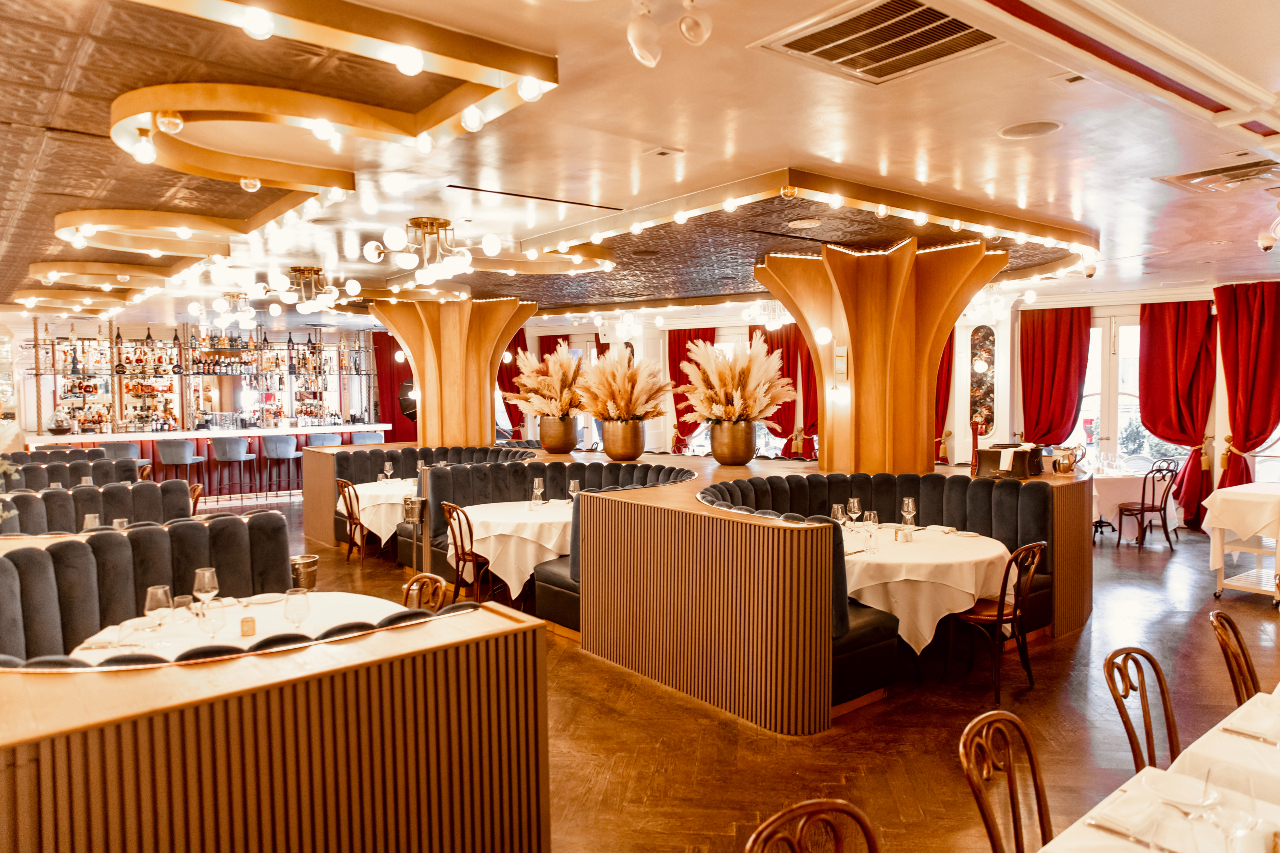
Brunch, that relaxing weekend breakfast of cocktails, omelets, and conversation with friends, is always a great time. But how about brunch with a French twist? Instead of eggs benedict or a spicy shakshuka, why not foie gras or a lobster brunch? We could all use a bit of luxury sometimes.
At Maison Close, this New York-based French restaurant certainly thinks so. With a menu that features everything from frog legs to a rich raclette burger to their popular lobster croissant (think Maine lobster stuffed in fresh croissant; it’s New England meets Paris), you can enjoy a taste of France for brunch. We spoke with Chef Geoffrey Lechantoux at Maison Close to get his insights on the food, drinks, and some lobster breakfast ideas.
Brunch with a French twist

The brunch menu at Maison Close features a laundry list of French classics. From a classic omelet with ham and mushrooms to their popular burger, which features a generous slice of raclette cheese, the food is rich. A prime example is the Escargot à la Bourguignonne, which is served drowned in garlic butter. It’s tasty, but you’ll need the bread that it comes with to cut down the fat.
But for an unconventional brunch choice, Lechantoux recommends a French classic, frog legs. “The origins of our frog legs vary depending on the market, ensuring freshness and quality,” said Lechantoux. “Seared to perfection, they are delicately finished with aromatic tomato and garlic butter, topped off with a splash of zesty lemon juice and a sprinkle of freshly chopped parsley.”
For a drink pairing, there’s much to choose from. “Our signature cocktail, Madame Claude, featuring pear vodka, cucumber, ginger, and rose water served over ice, complements the refreshing flavors of our tuna tartare beautifully,” said Lechantoux. “La Chouchout stands as our most sought-after brunch cocktail, resembling a passion fruit mojito with a unique twist. Made with Barbancourt rhum, passion fruit, and chayote, this flavorful concoction offers a delightful and refreshing experience for our guests.”
The lobster croissant

In Lechantoux’s opinion, there’s a simple explanation for why the restaurant’s lobster croissant is so popular. “Our Lobster Croissant is a fusion of two culinary worlds,” explains Lechantoux. “We blend the classic Parisian croissant with our own unique twist on an American lobster roll.”
Instead of butter, the lobster is served with tomato marmalade and house-made mayonnaise. The sauce helps cut some of the richness of the croissant, sourced from Le Fournil in the East Village. The flavor is nice and tangy, with a slight tomato sweetness. And if you’re interested in champagne with your lobster, the Moët & Chandon Imperial Brut at Maison Close is an excellent choice.



